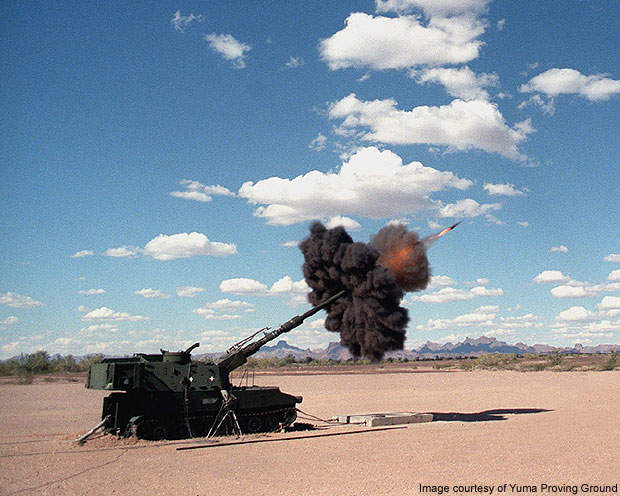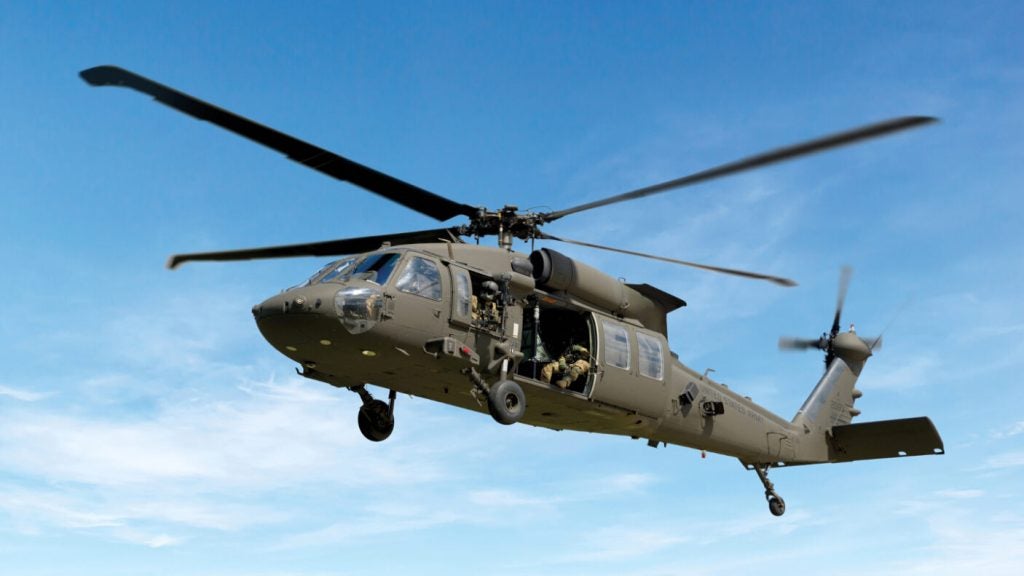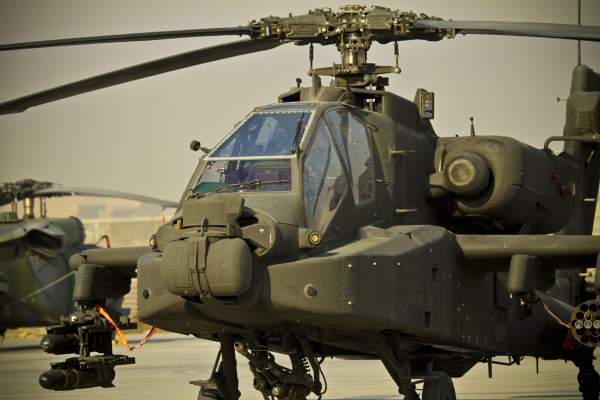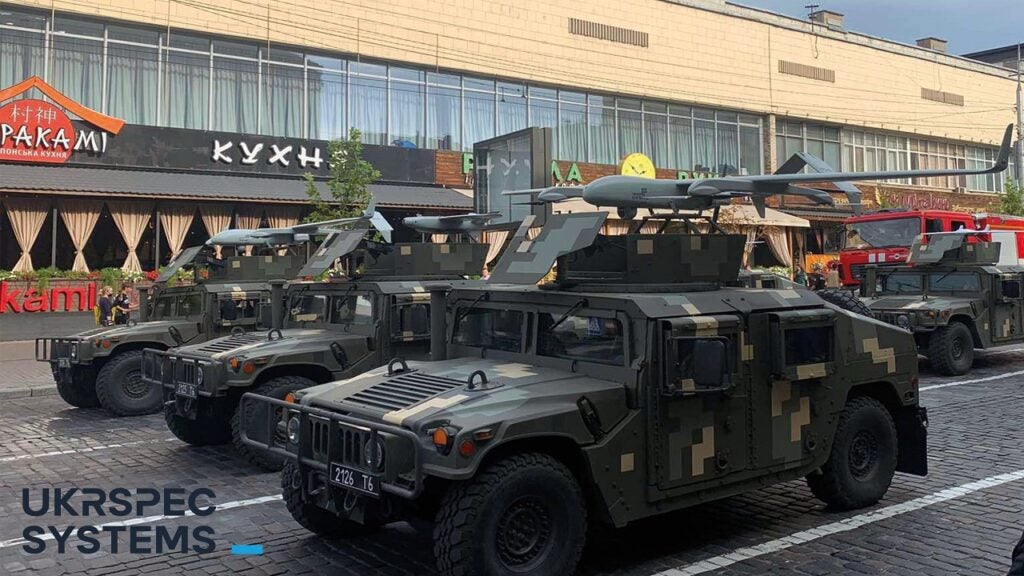The Yuma Proving Ground (USAYPG) is a US Military installation in Arizona, US. It is one of the largest military installations in the world. Situated 32 miles from Yuma, the installation covers 870,000 acres. The west and south sides of the site are bounded by the Colorado and Gila rivers. The installation features a proving ground and a military reservation where weaponry and military technology are tested. The proving ground is spread across 3,367km2 in the Sonoran Desert.
The installation is the US’s premier test facility. Apart from the US, ten other nations use Yuma for testing. The AH-64 Apache helicopter, the M-1 Abrams tank and the Bradley Fighting Vehicle all underwent developmental training at the site.
Though a majority of the proving ground is devoted to testing, it also facilitates training with around 100 units of Army and Marine Corps visiting each year.
Yuma proving ground history
Fort Yuma came into existence in 1850 when the soldiers at the fort had to monitor the Yuma crossing. In 1865, another facility known as the Yuma Quartermaster Depot was constructed. This was built to function as a supply base for Army posts in Arizona and New Mexico. Both facilities were closed during the 1880s.
In 1943, the Yuma Test Branch was opened at the same location. It was opened by the US Army Corps of Engineers. The site was renamed Engineering Research and Development Laboratories, Yuma Test Branch, Sixth Army, in 1947. It was, however, deactivated in 1950 and then reactivated in 1951. It was a desert environmental testing platform for various kinds of equipment. The site was assigned in 1962 to the US Army Material Command. It was then renamed the Yuma Proving Ground.
In 1973 it was named US Army Yuma Proving Ground and in 1974 it received the designation of Department of Defense Major Range and Test Facility Base.
Different types of testing mechanisms have been developed at the site over the years including facilities for air delivery, artillery systems and ammunition systems.
Design and construction
A $100m automotive test facility was opened in July 2009. A joint project between General Motors and the US Army, the facility can be used to test about 80% of the Army’s vehicles.
A community centre opened at Yuma on 29 April 2010. The 62,000ft2 centre includes recreational rooms, an exercise room, a spacious hall and a kitchen.
Garrison facilities
The base has an 88km overland artillery range, the longest in the US. The site conducts the testing of smart weapon systems and roadside bomb countermeasures.
The live-fire Graze Range supports machine guns of .50 caliber or below for platoon and squad-sized exercises. The different exercises that can be performed include urban terrain, counter terrorism and operations other than war. Another live fire facility, Tow Town, is used for inert light, medium and heavy anti-armour weapons.
Cold region testing is performed at The Cold Regions Test Center at Fort Greely, Alaska. Tropic Regions testing is done in Panama, Honduras, Suriname and Hawaii. The last one is done at the Yuma Test Center at Yuma.
Protection/security
Yuma features a wide range of protection equipment. Ground weapon systems are available from small arms to long-range artillery. Helicopter armament and target acquisition systems are available. Artillery and tank munitions are also present. Land mines and mine removal systems also available.
Technology
The technology at the base includes state-of-the-art fibre optics systems. The base features cargo as well as personnel parachutes. These are incorporated with guided system technologies.
Air facilities
The site’s Laguna Army airfield has two runways, the 6,118ft-long 18/36 and the 6,000ft-long 6/24. In addition, there are multiple airstrips and 12 drop zones located at the base for unmanned aerial systems.











